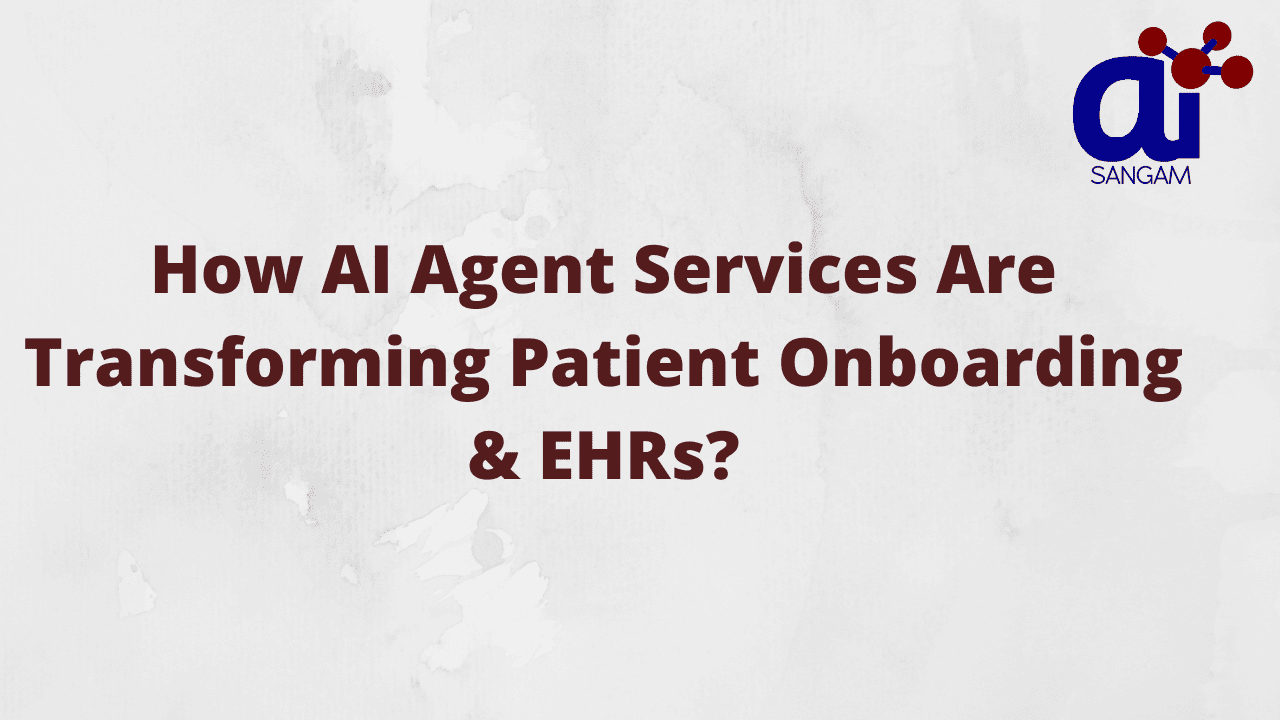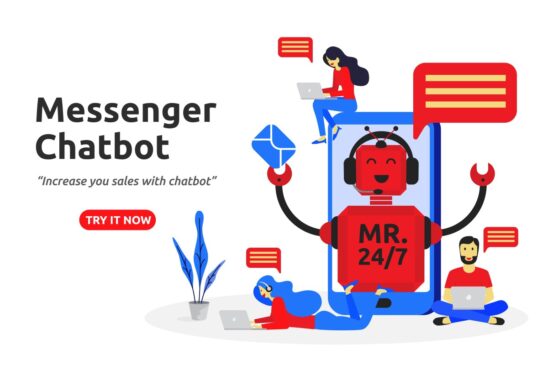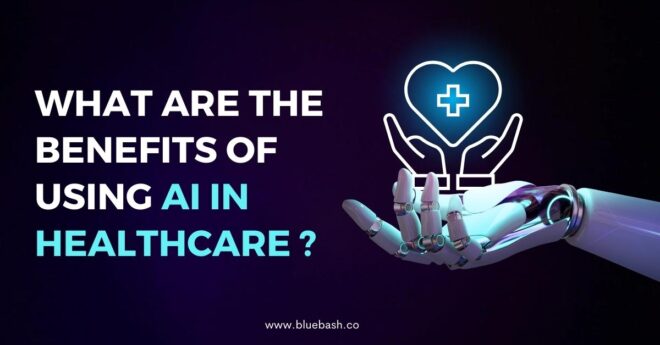In today’s digital health services, the integration of artificial intelligence (AI) quickly prepares how medical institutions interact with patients and manage diagnostic data. The transformation of electronic health records (EHRs) and patient onboarding via AI Agent Services is one of the biggest changes. These intelligent systems are not just automated common tasks – they explain how patients experience care from the first point of contact.
This article explains how AI agent services are revolutionizing patient onboarding and EHR workflow, why it means something to healthcare professionals, and what the future is.
Understanding the Patient Onboarding Challenge
Patient onboarding is an important entry point in the healthcare system. It contains several stages:
- Planning of appointments
- Completing forms and consents
- Verifying insurance coverage
- Recording medical history
- Establish communication channel
Traditionally, these procedures take time, and there is an opportunity for errors due to manual data introduction, fragmented system and inconsistent workflow. A bad onboard experience can cause questions of dissatisfaction with the patient, missed appointments and compliance issues.
Similarly, the EHR system – even though it is designed to streamline clinical operations – often complications because of this:
- Unstructured or incomplete data
- Interoperability problems across platforms
- Clinician burnout due to excessive documentation
What Are AI Agent Services?
AI Agent Services refer at the autonomous or semi-autonomous software agents run by AI Technologies- like Natural Language Processing (NLP), Machine Learning (ML) and Robotic Process Automation (RPA)– to perform complex functions with minimum human intervention.
In healthcare, these agents can:
- Interact with patients via voice, chat, or forms
- Extract and input structured data into EHR systems
- Learn and adapt to workflow patterns
- Trigger alerts, notifications or escalation when needed
Their primary goal is to increase efficiency, accuracy and patient satisfaction – while reducing the administrative burden on staff.
How AI Agent Services Improve Patient Onboarding?
1. Conversational AI for First Contact
AI agents can act as intelligent front-desk representatives, who can complicate patients through condensed interfaces such as chatbot or voice assistant. These agents can:
- Greet new patients
- Answer frequently asked questions
- Guide users through intake procedures
- Collect demographics and consent forms
This automation reduces the waiting time and ensures that the stability of communication under 24/7 is available.
2. Automated Insurance Verification
Verifying insurance coverage manually can delay appointments. AI agents can access payer databases in real time to:
- Validate patient coverage
- Confirm copays or deductibles
- Flag discrepancies for human review
It not only accelerates the intake process, but also reduces rejection of requirements.
3. Pre-Filling Medical History Forms
Through NLP analysis of advance recording, patient portals and prior records, AI-agent can pre-populate the history of medical history, patients can save time and improve data goals. They can also flag the missing or contradictory information for reviews.
4. Consent Management
AI agents can distribute and track electronic consent forms, and ensure compliance with HIPAA and other regulatory standards. They ensure that patients understand what they do using NLP-based summaries or audio explanation.
5. Language Translation & Accessibility
Multilingual AI agents break up obstacles by translating materials and breaking obstacles to non-English-speaking or blind patients to provide similar access to health services.
Enhancing EHRs with AI Agent Services
1. Automated Data Entry & Charting
One of the leading causes of clinician burnout is documentation overload. AI agents help by:
- Clinical calls listen and generate structured soap
- Populating EHR fields automatically in real time
- Extracting key elements like diagnoses, medications, and procedures
This not only speeds up workflows, but also improves documentation accuracy.
2. Clinical Decision Support (CDS)
AI agents embedded in EHR systems can analyze patient data to provide:
- Drug interaction alerts
- Evidence -based treatment options
- Risk Score (eg sepsis, heart events)
- Suggested laboratory tests
This allows doctors to make informed decisions
3. Interoperability & Data Integration
Through APIs and AI-powered mapping, agents can harmonize data in different systems (eg laboratory, imaging, pharmacy). It improves integrated visual care coordination and reduces repetition of tests or services.
4. Patient Summary Generation
AI agents can compile a patient summary by analyzing thousands of data points – from encounter notes to imaging reports — using NLP. It is especially useful during care or specialized referral infections.
5. Proactive Alerts and Task Automation
AI agents monitor patient data streams to:
- Alert clinicians for Unusual Trends (eg Vital, Laboratory results)
- Remind the staff of overdue follow-ups
- Reference, ordering or printing paperwork automatically
This active approach increases safety and operational efficiency.
Benefits for Stakeholders
For Patients:
- Faster onboarding and reduced paperwork
- Improved clarity through conversational interfaces
- Better engagement and access in preferred languages
For Providers:
- Reduced administrative overhead
- Higher documentation quality
- Greater time spent on direct patient care
For Health Systems:
- Improved throughput and patient retention
- Lower operational costs
- Increased regulator compliance and reporting
Real-World Use Cases
- Hospital system: AI agents deploy to schedule new patient visit, capture symptoms and sync them to the EHR before the patient arrives.
- Telehealth suppliers: Use AI chat agents to try pre-visits, help doctors jump directly in clinical care.
- Outpatient Clinic: To take advantage of AI-powered scribes to handle SOAP note generation, reduce the mapping time by 70%.
- Health Insurance Networks: Integration of AI agents into the portal for automated qualification check and EHR integration.
Addressing Challenges in AI-Driven Patient Onboarding & EHRs
While AI agent services offer remarkable potential, certain barriers must be addressed:
- Data Privacy and Compliance
AI agents that handle PHI (protected health warning) should follow other global standards such as HIPAA and GDPR. Encryption, safe APIs and audit paths are non-perfect. - Bias & Equity
Training data should be diverse and continuous monitoring to ensure proper treatment of all demographics and clinical scenarios. - Workflow Compatibility
AI funds must be designed to integrate easily into existing clinical workflows to avoid disruptions. - Humanity
Although automation is valuable, a human-in-loop approach is needed for important decisions and the patient’s trust.
The Future of AI Agent Services in Healthcare
The convergence of AI, Cloud Computing and Healthcare Digitization indicates a new era of intelligent healthcare services. Since the AI agent services are mature, we can expect:
- Predictive Onboarding: AI agents estimate the patient’s needs and personalize the intake flow.
- Voice-First EHRs: Complete map session through natural conversations.
- Decentralized Data Agents: Patient-controlled mean equipment and health data collection agents of suppliers.
- Care Coordination Agent: AI agents act as contact in interdisciplinary teams for spontaneous treatment schemes.
This innovation will not only improve efficiency, but will also define the patient’s experience and doctors’ satisfaction again.
Final Thoughts
The integration of AI agent services into the patient’s on board and EHR systems represents a significant jump in digital health changes. By automating repeated tasks, improving data accuracy and enabling intelligent decisions, AI agents help health organizations help provide more efficient, justified and patient-centered care.
As adoption increases and technology develops, embracing AI-agent services will not only be an advantage, but a providers of needs healthcare services is a rapidly connected, value-based ecosystem to grow in a rapidly connected.



